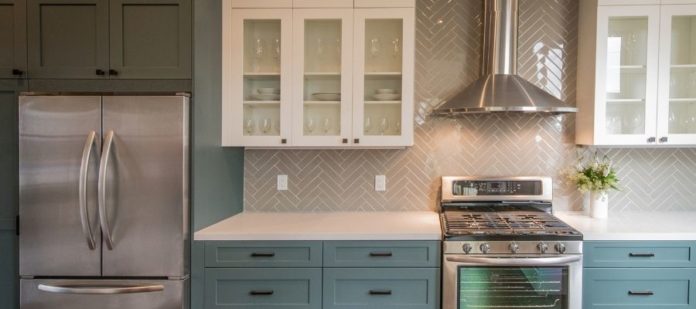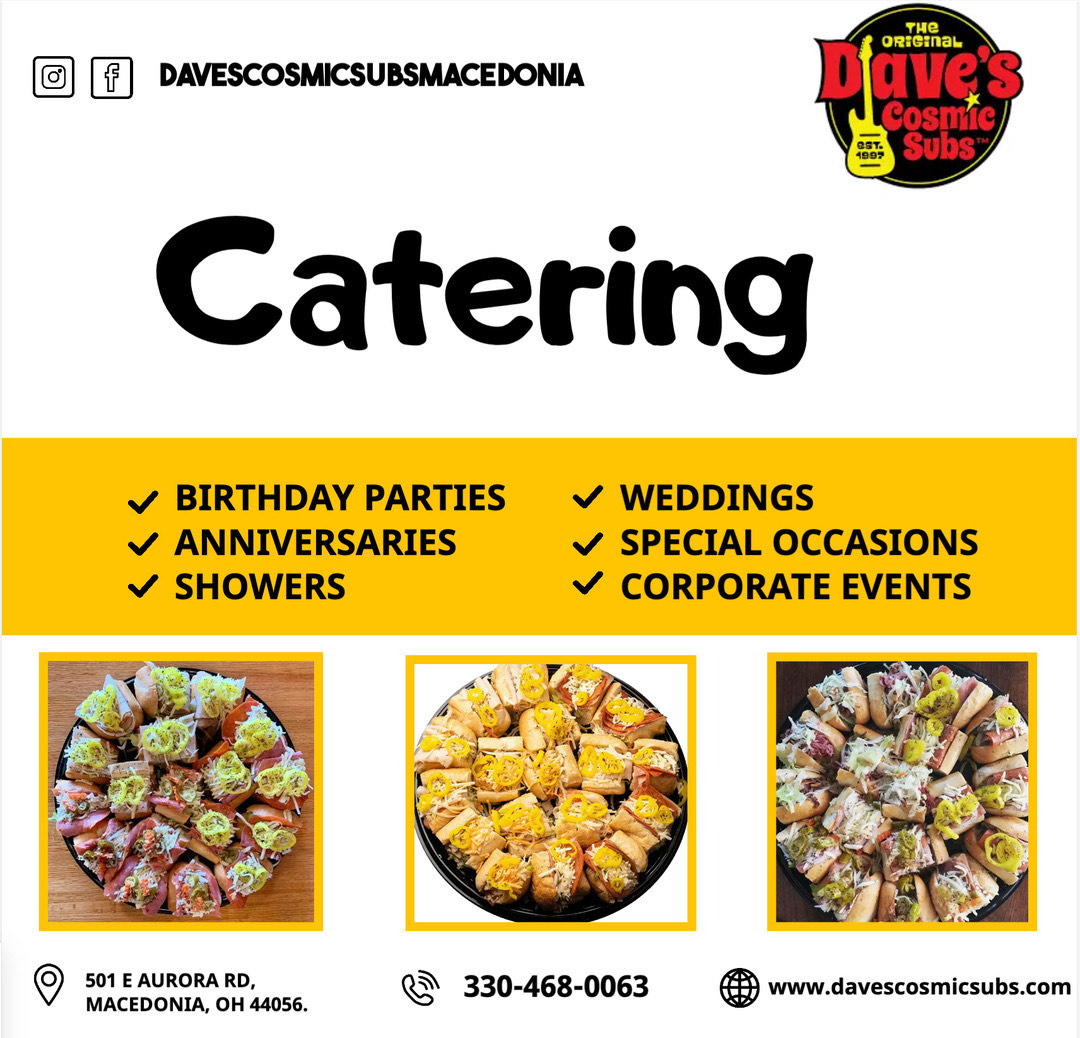The key to achieving your dream kitchen is to combine your personal aesthetic preferences with functionality. Certainly, you’ve had visions of your ideal kitchen, but you may struggle to nail down the finer details or aesthetic choices. Here are a few of the top tips for designing your dream kitchen that will help you on your way.
Decide on a Design Philosophy
The best place to start is to establish your design philosophy. Do you want something traditional or more modern? Is there a certain theme you would like to have? Making design choices will help ensure your dream kitchen remains cohesive so that you don’t have conflicting designs schemes or mismatched furniture and appliances. This distinction will also prevent you from becoming paralyzed with choices by slimming down your options.
Use Eye-Popping Tile
If you need something to make your dream kitchen a bit more distinct, then a good tip for designing your dream kitchen is using tiles. Tiles come in a wide variety of colors, shapes, and patterns that allow you to get creative. Rather than a solid color backsplash for the sink, consider some more creative or modern backsplash designs to have it stand out and compliment the rest of the kitchen. Alternatively, if your walls are a bit more demure, make the floor pop with a bold tile design.
Don’t Neglect Functionality
A kitchen that looks great but doesn’t function well is no kitchen at all. Appliances themselves can become features of your dream kitchen through vivid fixtures that the surrounding aesthetic complements. Functionality and design aren’t always exclusive. An appliance or fixture can make for an effective focal point or provide an accent to the colors you choose for the rest of the kitchen. Just remember that inconveniences in the functionality will eventually cause you to resent the design rather than love it.
Open Up the Space
If your current kitchen feels a bit claustrophobic, then do away with the closed cabinets in favor of open shelving. Open shelving not only allows your kitchenware to become part of the design, but it opens up the kitchen and makes it feel larger than ever before. Just don’t fall into the trap of making the shelves look too busy and crowded. Open shelves require tidy habits to ensure you don’t overburden one shelf while another is barren and empty.

























